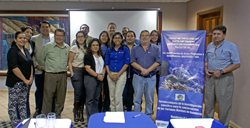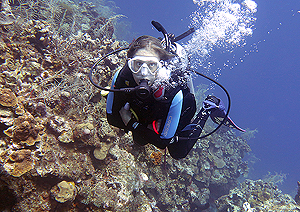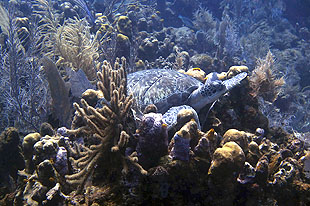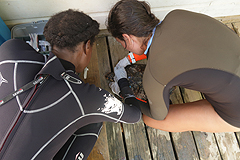
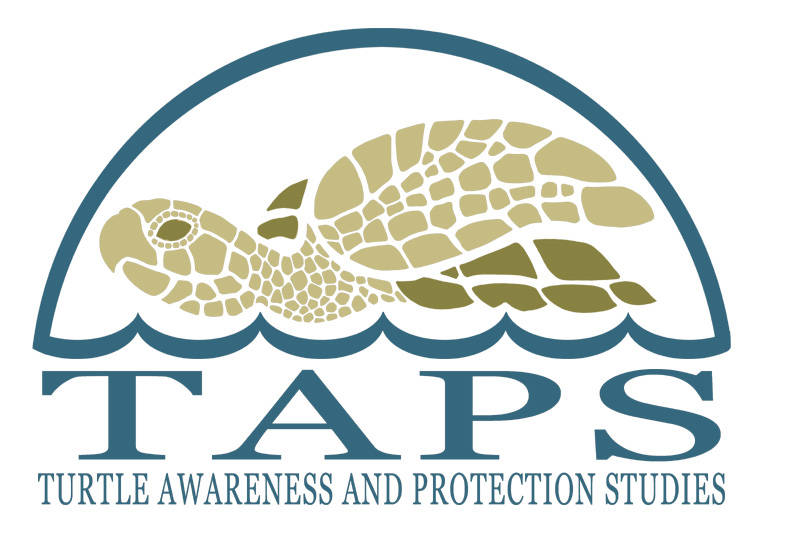
Turtle Awareness and Protection Studies (TAPS)
2018 Research Update
June - September
| Tegucigalpa |
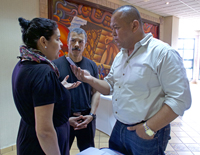
|  |
|
|---|---|---|
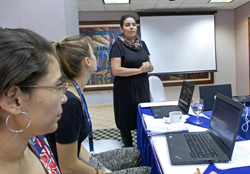
| 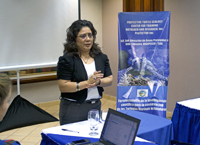 |
|
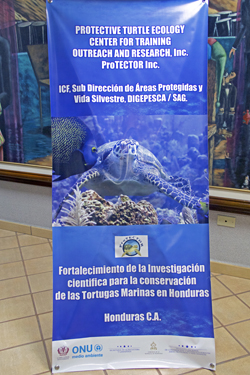
|  |
|
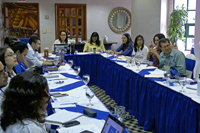 |
|
|
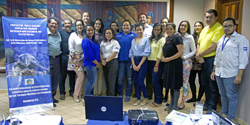 |
||
| Roatan | ||
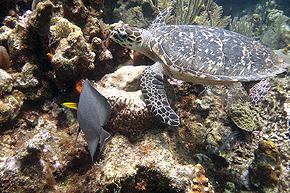 |
||
| In-water photos of hawksbill turtles can be used to identify individual turtles through facial recongition. | When hawksbill turtles begin to feed on sponge, Geodia neptuni, french anglefish are typically never far behind. | |
|
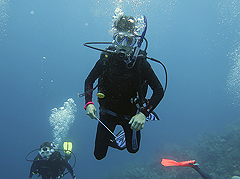 |
|
| ProTECTOR Inc. volunteer, Bev Hall, helps the team search for green and hawksbill turtles. | ProTECTOR Inc. volunteer, Zach Hall, scouting for turtles. | |
|
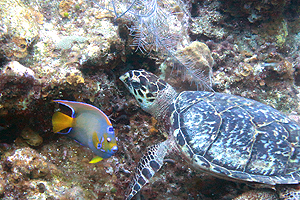 |
|
| ProTECTOR Inc. volunteers, Greg Phillips and Charles Handley, participating in the search for sea turtles. | During hawksbill feeding events, anglefish are typically found close by. | |
| A hawksbill turtle, eretmochelys imbricata, rests in the coral reef. | ProTECTOR Inc. volunteers enjoy a close up encounter with a recently capture hawksbill. | |
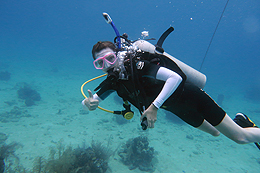 |
||
| Ashley Morrow, a ProTECTOR Inc. intern, joins the group on an in-water survey. | Hawksbill observed in the Sandy Bay West End Marine Reserve are classified as spongivores. | |
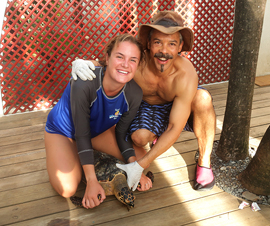 |
||
| Anna Rumbelow (a Dive Master at our New Partner dive shop, Splash Inn) and Stephen Dunbar pose with a hawksbill sea turtle. | Ashley spent the summer observing fish interactions with foraging hawksbill. | |
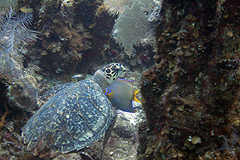 |
||
| ProTECTOR Inc. volunteer, John Bonardelli, prior to beginning an in-water turtle survey. | Several juvenile hawksbill sea turtles are found within the Sandy Bay West End Marine Reserve in Roatan, Honduras. | |
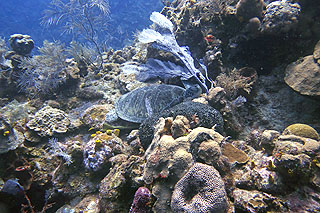 |
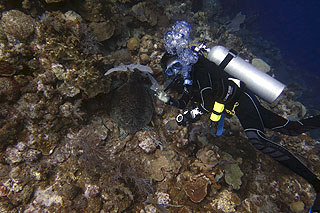 |
|
| A green turtle, Chelonia mydas, rests on the reef. | Graduate student, Marsha Wright, prepares to capture a resting green turtle. | |
|
 |
|
| Dr. Dunbar prepares to hand-capture a resting green turtle. | ||
| ProTECTOR Inc. volunteer, Charles, is gets a closer look a large hawksbill with it's flipper tag. | Facial scute patterns of the left and right side of the head help us identify individual sea turtles. | |
| Splash Inn Dive Master, Anna Rumbelow, joins the team for an in-water turtle survey. | Dr. Dunbar and his graduate student, Marsha Wright, collect morphometrics and biological samples from a juvenile hawksbill. | |
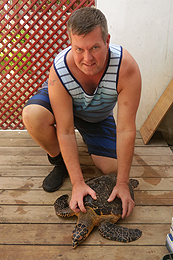 |
||
| Dive enthusiast, Stephanie Stone, poses with one of the hawksbill turtles she adopted. | A Splash Inn guest who was very interested in sea turtle research. | |
| Scute patterns of the head can be used to identify individual hawksbills. | The intricate pattern of a hawksbill's shell has made it a target for international trade. | |
|
||
| Graduate student, Marsha Wright, and ProTECTOR Inc. intern, Lindsay Marston, collecting a blood sample from a juvnile hawksbill. | Joe Matute, ProTECTOR Inc. boat captain, releases a juvenile hawksbill back into the ocean. | |
| ProTECTOR Inc. inter, Lindsay Marston, enjoys a safety stop. | Graduate student, Marsha Wright, collects morphological measurements of a hawksbill turtle. | |
 |
||
| ProTECTOR Inc. intern, Dustin Geinger, calms a recently captured hawksbill sea turtle. | ||
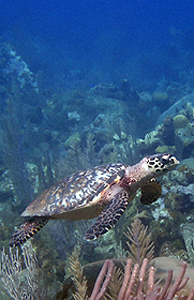 |
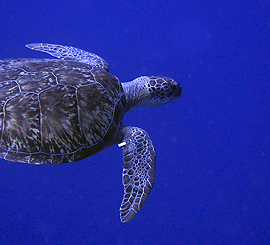 |
|
| Iconel tags with unique numerical sequences can be used to visually identify individual turtles. | ||
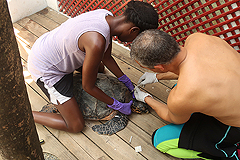 |
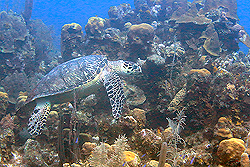 |
|
| Dr. Dunbar and his graduate student, Marsha Wright, collect blood samples from a juvenile hawksbill. | ||
| Utila | ||
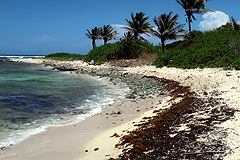 |
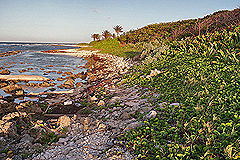 |
|
| Pumpkin Hill Beach, the main site for the Utila's nesting hawksbills. | A more distant view of the small and heavily vegetated Pumpkin Hill Beach. | |
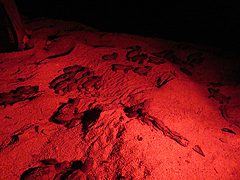 |
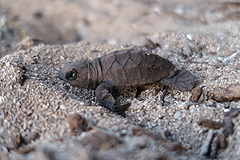 |
|
| Newly hatched baby hawksbills emerge from the nest and make their way to the water. | A successful hatchling has many hardhsips to face after emerging from the nest. | |
| Guanaja | ||
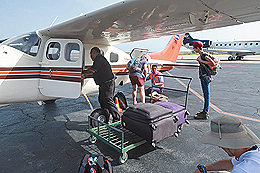 |
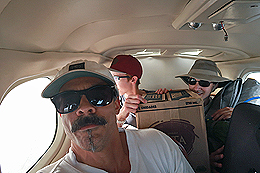 |
|
| John Bonardelli, Emily Hyatt, and RObert Gamariello are ready to fly out to Guanaja. | Steve, Emily, and Robert managed to squeeze themselves and the gear into the small plane. Guanaja bound! | |
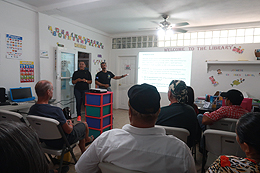 |
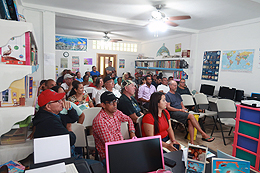 |
|
| At the Bonacca Cay library, Steve gave a talk highlighting the importance of protecting the local sea turtles. | There are many impassioned and individuals on Guanaja who made for an enthusiastic audience. | |
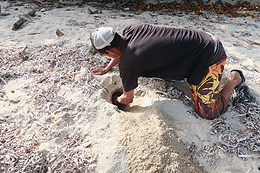 |
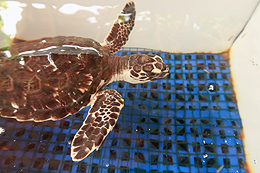 |
|
| Even after hatchlings have emerged, an excavated nest can yield important information. | Cindy Gerke has built a chambered structure to facilitate the head starting of eight baby hawksbills. | |
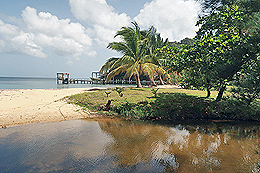 |
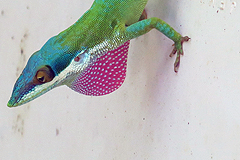 |
|
| Wilmont Bay is a beautiful place, and we are grateful to Cindy Gerke for sharing her home and contributing greatly to the team. | Anolis allisoni, commonly known as the blue-headed anole, displaying its beautiful pink dewlap. | |
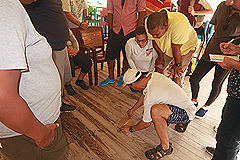 |
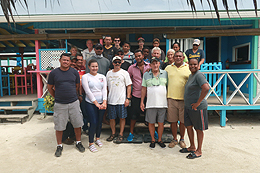 |
|
| Steve demonstrated proper measuring and handling procedures as a part of community outreach, using a carbdoard turtle stand-in. | The training session was well-received and very informative! | |
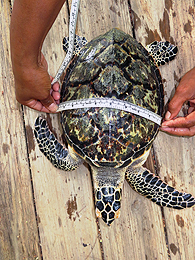 |
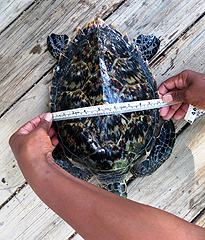 |
|
| Graham's Place has a small captive population of turtles, and kindly allowed us to use them for demonstration. | One of Graham's turtles cooperated in the training of obtaining proper, standardized measurements of turtle size. | |
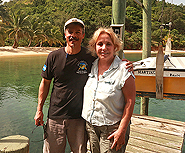 |
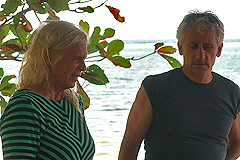 |
|
| Steve and Cindy Gerke, our gracious host and dedicated turtle conservationist. | Sue Hendrickson and John Bonardelli discuss the potential for loacting and protecting the island's turtles. | |
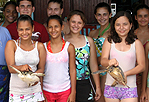
| Data Collectors |
| Bottles 2 Buildings |
| ResearchGate |
| ProTECTOR Inc. Youtube |
| Interns and Volunteers |
| ProTECTOR Store |
